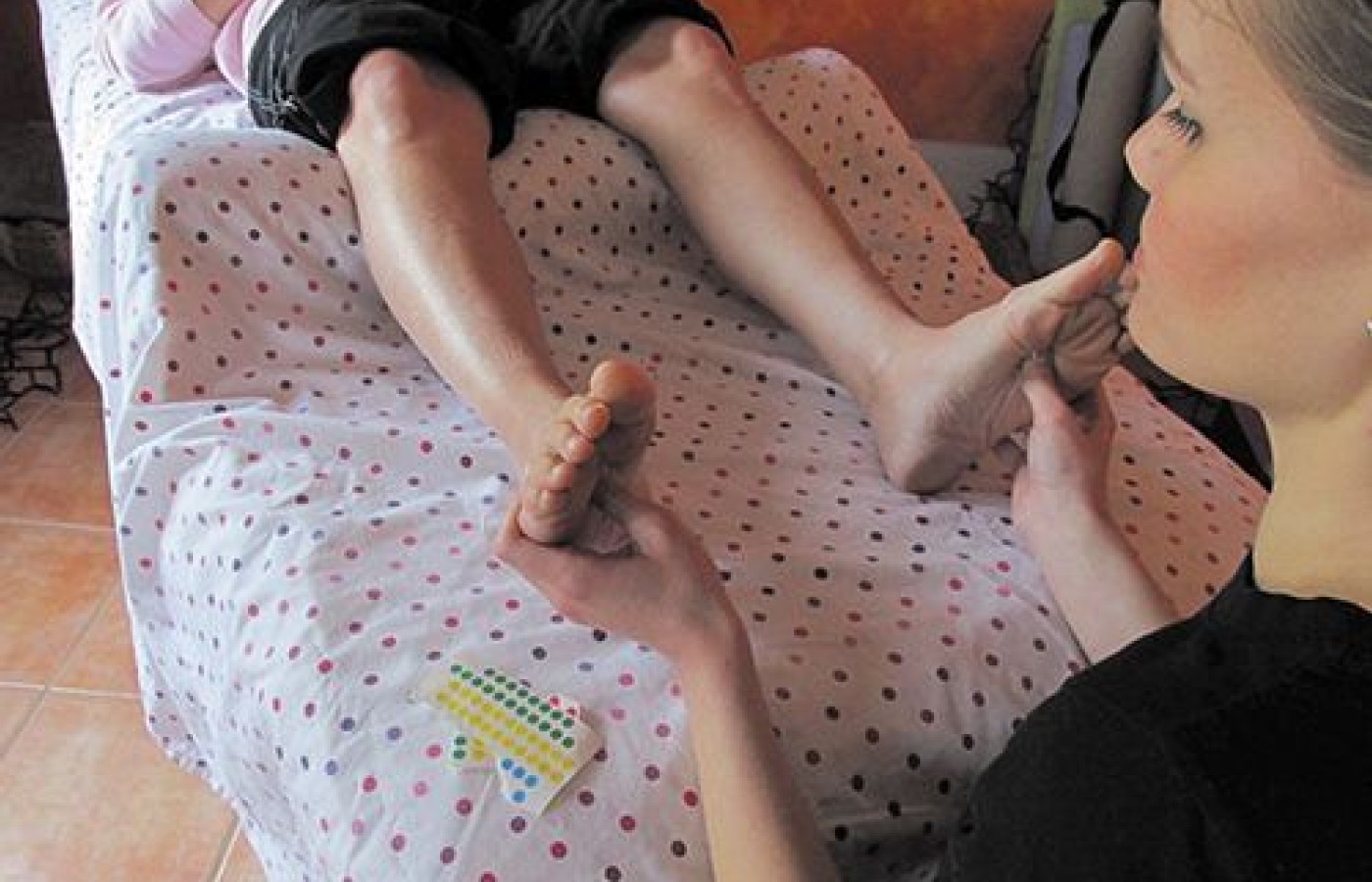Whether you accept it, avoid it or live somewhere in between, insurance coverage has become a defining issue for our profession. Patients increasingly expect to use their benefits, practitioners want to be compensated fairly for their time and expertise, and the system itself remains – at best – fragmented. The encouraging news is that coverage has expanded in meaningful ways. The challenging news is that reimbursement, across the board, remains inadequate.
Treating Chronic Depression with Acupressure
In Traditional Chinese Medicine there already exists a comprehensive theory linking the body and mind. Aspects of the mind and the emotions are related to all the organs: the Spleen is linked to worry and anxiety, the Liver is linked to anger, the Heart to joy, the Kidneys to fear and fright and the Lungs to sadness and grief. Furthermore, all the organs are said to store aspects of the spirit. For example, the Spleen contains consciousness, the Liver contains memory and collective consciousness, the Heart has animation or Shen, the Kidneys have the will and the Lungs contain instinctual animal consciousness. Shen is loosely translated as spirit or soul.
According to the classical literature of ancient TCM theory, all ailments are disturbances to the spirit. Yet, it is the spirit that heals all disease. All organs have spiritual aspects, just as they all have physical and emotional components. This spiritual aspect, which runs like a thread through everything, is called Shen. For the practitioner, if the Shen is strong, it is evidenced in the spark of life in the patient's eyes. Furthermore, it is reflected in the patient's proper bearing and forthright manner of presentation. Upright posture and a strong tone of muscle can be a good indicator of how strong the Shen is coursing through the body. The patient's voice, manner of speech can also be a more subtle clue to whether the patient feels lively and motivated.
From a Western medical viewpoint, the patient has to exhibit five of the following symptoms every day over a two-week period to be classified as chronically depressed:
- Depressed mood for the majority of the day
- Markedly decreased interest or pleasure in all or almost all daily activities
- Significant changes in weight or appetite
- Insomnia
- Fatigue or loss of energy, feelings of worthlessness
- Diminished ability to think or concentrate
- Recurrent thoughts of suicide, or attempted suicide

The most common type of depression encountered by massage therapists and body workers, is that which is rooted in what TCM would classify as a "deficiency pattern." The symptoms are fatigue, loss of appetite, loss of energy, weight loss, diminished ability to focus. According to TCM diagnostic patterns, the patient would suffer from deficient blood flow to the organs and lack of qi. Additional symptoms in TCM, would be feelings of cold, or constant sensitivity to cold (even during the summer), pale skin and lips and a low speaking voice. There is insufficient qi in the head. Qi is what pushes the blood and lymph throughout the body and keeps it balanced throughout the whole body.
What would be the goals of the body worker, using acupressure in treating chronic depression? First to reduce the physical symptoms of depression. Second, to adjust the organ functions that affect the mental patterns.
Here is where the beauty of TCM bodywork shines through. Standard TCM texts state this important treatment principle: one treatment, many diseases. This means, the therapist can select just a few strategic points to treat many symptoms both locally and systemically. These points are often called "Golden Points" in ancient texts, because of their high and constant value.
How then to treat a typical case of chronic depression where there is a deficiency of qi and blood? The Spleen nourishes the flesh and muscles. Depressed patients feel sluggish and heavy and lethargic. Their minds cannot focus and their thinking is muddled. They worry and are full of anxiety. Good points to put acupressure on would be Spleen 6 and Stomach 36 to strengthen the blood and qi flow along the channels and bring the organs back to balance. Stomach 36 increases blood and qi flow to the head, since it rules digestion and absorption. Spleen 6 increases blood flow throughout the body. Both points also ground the patient.
All acupressure should be done with thumbs or fingers rotating clockwise (left to right) on each point for about a minute each. Clockwise rotation stimulates qi and blood. Pressure should be the weight of a quarter.
Resources:
- Spiritual Axis ( Ling Shu Jing ) – People's Health Publishing House – Beijing – First published c. 100 B.C. , P. 77
- The Yellow Emperor's Classic of internal Medicine – Simple Questions – People' Health Publishing House – Beijing – 1979
- Insights of a Senior Acupuncturist – Lee , Miriam - Blue Poppy Press – Boulder, Colorado – 2001 ( Seventh Printing )
- Golden Needle Wang – Le – Ting – A 20th Century Master's approach to Acupuncture – Yu – Hui Chan and Han Fu-Ru – Blue Poppy Press – Boulder Colorado 1997,2001



